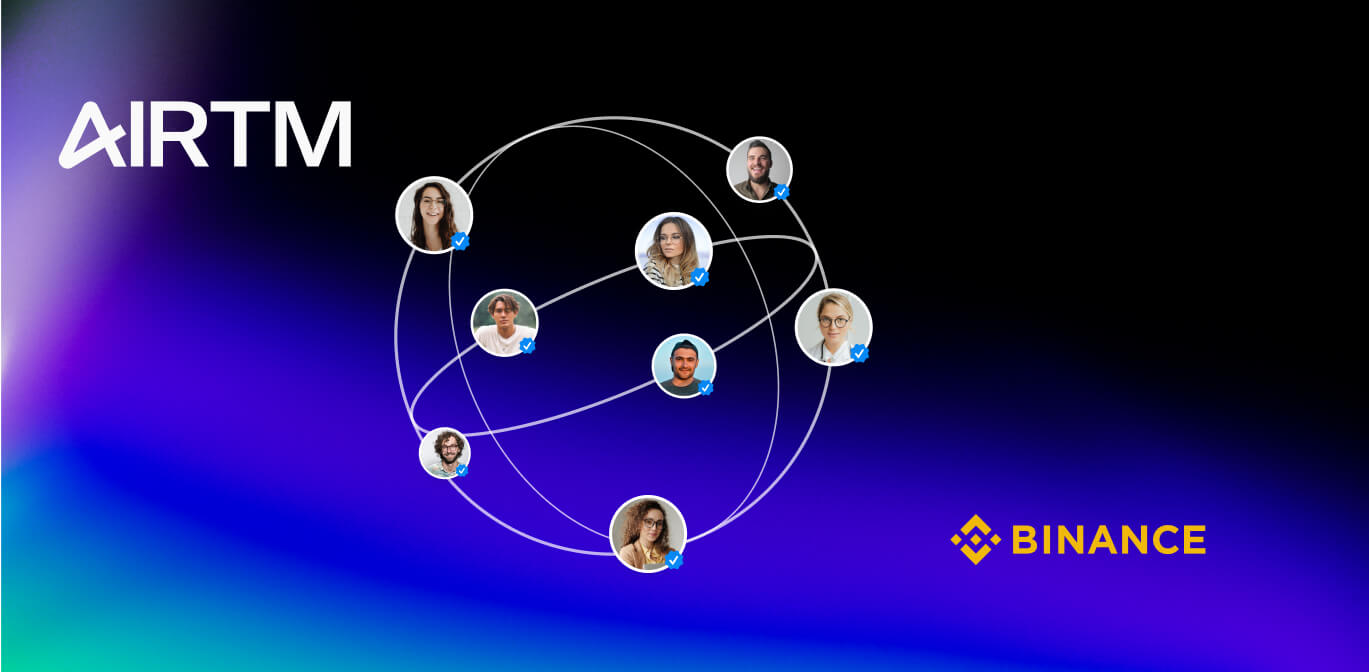Regulation of Cryptocurrencies in Bolivia 2025
June, 10, 2025
3 min

In recent months, Bolivia has taken significant steps toward the legalization and regulation of cryptocurrencies, moving from total prohibition to gradual market opening. This article analyzes the historical context of cryptocurrency regulation in Bolivia, recent developments in government policies, and lessons that can be learned from other nations that have already implemented regulations in this area. We evaluate the challenges and opportunities Bolivia faces on its path toward cryptocurrency adoption and the creation of a national digital currency, the “Virtual Boliviano.”
Introduction
In 2014, the Central Bank of Bolivia (BCB) implemented a ban on cryptocurrency use, citing concerns about protecting the national currency and the financial risks inherent in using crypto assets. However, in a significant shift, on May 7, 2025, the Bolivian government approved a decree to regulate companies offering digital financial services, including virtual payments, loans, and remittances. This move coincides with the BCB’s announcement about developing the national digital currency, the “Virtual Boliviano,” scheduled for launch in August 2025 as part of Bolivia’s Bicentennial celebrations.
Historical Development of Regulation in Bolivia
From the initial cryptocurrency ban in 2014 to the resolution issued in 2024, Bolivia has undergone a transformation in its stance toward crypto assets. In 2020, the government of Luis Arce extended the prohibition to financial entities, which restricted the use of cryptocurrencies in commercial transactions. However, in June 2024, Resolution No. 082/2024 permitted cryptocurrency transactions through authorized electronic means, marking an important milestone in opening Bolivia’s crypto asset market.
Additionally, the government has allowed some banking entities to display USDT reference quotes, despite the official exchange rate remaining fixed at Bs 6.97. This shift in economic policy reflects growing acceptance of cryptocurrencies in the Bolivian economy, especially among entrepreneurs and importers who have turned to these technologies to protect their money’s value against national currency volatility.
Growth in Crypto Asset Transactions
According to BCB data, cryptocurrency use has grown significantly in recent years. As of November 2024, approximately 6% of the population with formal income was already using cryptocurrencies, with a notable 142% growth in transaction value between July 2023 and July 2024. This increase reflects widespread acceptance of crypto assets in key sectors of the Bolivian economy.
Regulatory Challenges in Bolivia
Despite advances in regulation, the lack of a clear legal framework remains a significant challenge for the development of Bolivia’s cryptocurrency industry. Many cryptocurrency exchange platforms, such as Coinbase, OKX, and Gate.io, are still not operating in the country due to regulatory uncertainty. This lack of clarity about what is legal and what isn’t has limited citizens’ access to crypto asset exchange platforms, which could be hindering digital economy growth.
The absence of coherent regulation has also led to the proliferation of scams in the crypto ecosystem, as seen in the cases of IJEX and 9K9M. Implementing regulation that favors users and provides protection against fraud is crucial for fostering a safer and more reliable environment for investors.
Lessons from International Countries
To better understand how Bolivia should approach cryptocurrency regulation, it’s useful to observe approaches adopted by other countries. In the European Union, regulation is strict and often perceived as an obstacle for users, with high taxes on gains and limitations on the use of crypto assets like USDT. On the other hand, countries like El Salvador have adopted a more liberal approach by making Bitcoin legal tender, which has allowed greater growth of the fintech ecosystem in the region.
Switzerland is another relevant example, where cryptocurrencies are considered legal assets and are clearly regulated, providing legal security for both users and companies. In Venezuela’s case, USDC has become a de facto currency, with institutions regulating the cryptocurrency ecosystem, contributing to the country’s economic stability amid a severe inflationary crisis.
Proposal for Bolivia
Based on these experiences, we suggest that Bolivia adopt a stance similar to El Salvador’s, allowing free use of cryptocurrencies as legal tender assets and enabling them for any type of economic transaction. However, this openness must be accompanied by adequate financial education and effective user protection. Furthermore, it’s essential that regulation be user-friendly, avoiding excessive tax burdens that could discourage cryptocurrency adoption.
Clear regulation would not only protect users from fraud and scams but would also position Bolivia as a relevant country in the global cryptocurrency ecosystem, attracting foreign investment and fostering digital economy development.
Conclusion
Bolivia finds itself at a crucial turning point regarding cryptocurrency legalization and regulation. If adequate regulation is implemented and lessons from countries that have already traveled this path are leveraged, Bolivia has the opportunity to become a regional leader in crypto asset adoption. Creating a digital boliviano and adopting proactive regulation could not only improve the country’s economic security but also offer new alternatives for investment, savings, and international transactions. However, it’s essential that this regulation be done carefully and strategically, with a clear focus on user protection and fostering innovation in the fintech sector.









